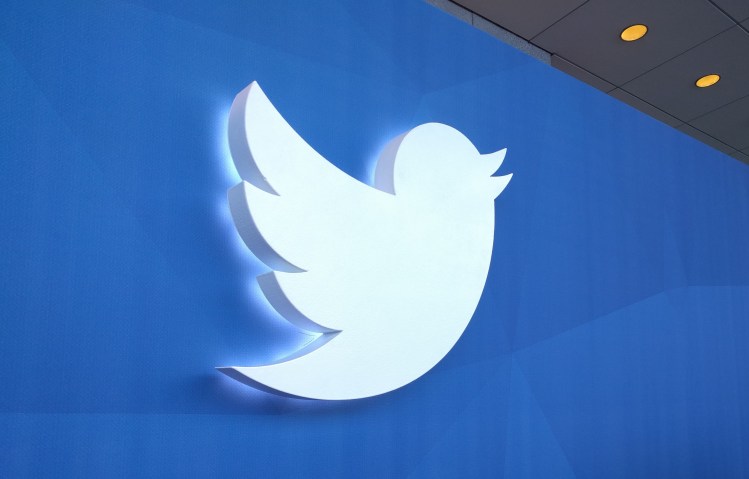Twitter is facing pressure on multiple fronts, including from a growing chorus of users upset about the rampant harassment and attacks being levied by trolls. The latest uproar centers around the verification status Twitter bestows on select accounts.
Denoted by a blue checkmark, Twitter verification simply indicates that a person’s account has been deemed “authentic.” But that wasn’t widely understood, with many believing that the mark represented an endorsement of the account’s content. For example, many users were outraged by Twitter’s verification of Jason Kessler, organizer of the white supremacist rally Unite The Right, believing the company was endorsing Kessler’s viewpoints. In response to this type of confusion, Twitter has announced an overhaul of its verification process and indicated that some accounts could be stripped of their blue checkmark.
5 / We are conducting an initial review of verified accounts and will remove verification from accounts whose behavior does not fall within these new guidelines. We will continue to review and take action as we work towards a new program we are proud of.
— Support (@Support) November 15, 2017
The process of rescinding verified status isn’t new — the company has done it before, as it did with former Breitbart editor and right-wing activist Milo Yiannopoulos. But today Twitter sought to shed some light on the policy. In its support article, Twitter listed the reasons someone could find themselves stripped of the blue checkmark:
June 5th: The AI Audit in NYC
Join us next week in NYC to engage with top executive leaders, delving into strategies for auditing AI models to ensure fairness, optimal performance, and ethical compliance across diverse organizations. Secure your attendance for this exclusive invite-only event.
- Intentionally misleading people on Twitter by changing one’s display name or bio.
- Promoting hate and/or violence against, or directly attacking or threatening other people on the basis of race, ethnicity, national origin, sexual orientation, gender, gender identity, religious affiliation, age, disability, or disease. Supporting organizations or individuals that promote the above.
- Inciting or engaging in harassment of others.
- Violence and dangerous behavior
- Directly or indirectly threatening or encouraging any form of physical violence against an individual or any group of people, including threatening or promoting terrorism
- Violent, gruesome, shocking, or disturbing imagery
- Self-harm, suicide
- Engaging in activity on Twitter that violates the Twitter Rules.
This is only one of the steps Twitter promises will be taken to revamp its verification process.
3 / This perception became worse when we opened up verification for public submissions and verified people who we in no way endorse.
— Support (@Support) November 15, 2017
Twitter also acknowledged that the verification = endorsement perception flourished once it began accepting applications from users for the highly sought-after badge.
While today’s announcement is a step toward improving the experience and safety of the platform, many users feel Twitter should do more, including getting rid of white supremacists and neo-Nazis that have a presence there.


